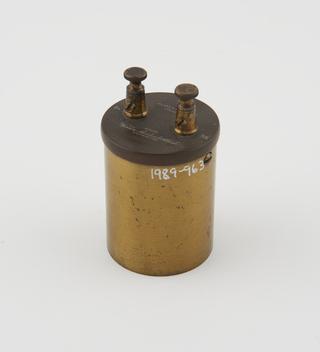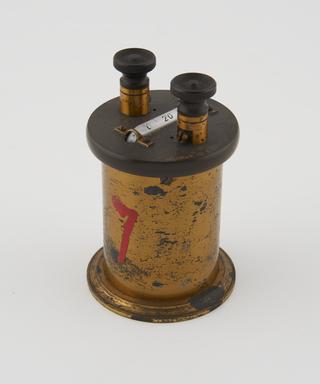
Josiah Latimer Clark 1822 - 1898
- occupation:
- Civil engineer
- Nationality:
- British; English
- born in:
- Buckinghamshire, England, United Kingdom
1847 – after working as a chemist in Dublin, started railway surveying. 1848 – appointed assistant engineer to the Menai Strait Bridge, working under his brother, Edwin. 1850 – became assistant engineer under his brother Edwin, to the Electric and International Telegraph Company. 1853 – his research into telegraph cables formed part of a government report on submarine cables. 1855 – published the pamphlet Experimental investigation of the laws which govern the propagation of the electric current in submarine telegraph cables. 1857 – assisted Sir Gorge Biddell Airy to devise a method of indicating Greenwich men time throughout the country. 1858 – became an associate of the Institution of Civil Engineers. 1861 – became a member of the Institution of Civil Engineers. Entered into a partnership with Sir Charles Tilston Bright. 1862 – along with Bright, invented Bright and Clark’s Compound, a new covering for submarine cables which extended their life. 1863 – succeeded his brother as chief engineer to the Electric and International Telegraph Company. 1868 – dissolved partnership with Sir Charles Tilston Bright and formed a new partnership with Henry Charles Forde, creating Clark, Forde and Taylor. 1870 – was one of the founders of the Society of Telegraph Engineers and Electricians (Institution of Electrical Engineers). 1874 – entered into a partnership with John Standfield as hydraulic and canal engineers. 1875 – senior partner in the firm of Latimer Clark, Muirhead and Co, manufacturing electrical apparatus. 1889 – elected FRS.


